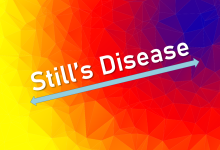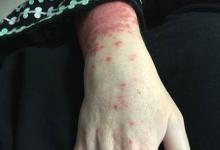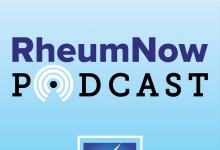New Gout Therapies Show Promise in Phase III Trials Save

At ACR Convergence 2025, the American College of Rheumatology’s annual meeting, researchers presented pivotal Phase III studies highlighting novel therapeutic options for patients with gout, particularly those with limited treatment choices or uncontrolled disease. The findings underscore continuing progress in addressing a significant unmet need for safer, more effective therapies in this common and often debilitating condition.
Firsekibart in Acute Gouty Arthritis
- Firsekibart Phase III Trial (Abstract 2013): A multicenter, randomized, active-controlled Phase III study evaluated Firsekibart in patients with acute gouty arthritis who had limited treatment options. Results demonstrated both efficacy and safety, supporting Firsekibart as a potential new option for this underserved population.
- Post-Hoc Analysis in Renal Impairment (Abstract 2014): Investigators further explored Firsekibart in patients with estimated glomerular filtration rate (eGFR) < 60 ml/min/1.73 m². Across 24 weeks, the treatment maintained efficacy and a favorable safety profile, suggesting clinical utility in patients with renal impairment who typically face restricted therapeutic options.
Novel Biologic Combinations for Uncontrolled Gout
- Reduction in Tophi with NASP (Abstract 1998): Data from the Phase III DISSOLVE studies revealed meaningful reductions in visible tophi among patients with uncontrolled gout treated with NASP, highlighting its potential in reducing long-term disease burden and improving physical function.
- Nanoencapsulated Sirolimus Plus Pegadricase (Abstract 2588): Also from the DISSOLVE trials, combination therapy of nanoencapsulated sirolimus with pegadricase demonstrated reductions in disease burden in uncontrolled gout. This approach leverages immune-modulating and urate-lowering strategies to address a patient population with historically few options.
Advancing Treatment for a Growing Patient Population
Collectively, these studies reflect a continued investment in gout research and the advancement of alternative therapeutic strategies designed for patients with challenging comorbidities, treatment intolerance, or refractory disease.









If you are a health practitioner, you may Login/Register to comment.
Due to the nature of these comment forums, only health practitioners are allowed to comment at this time.